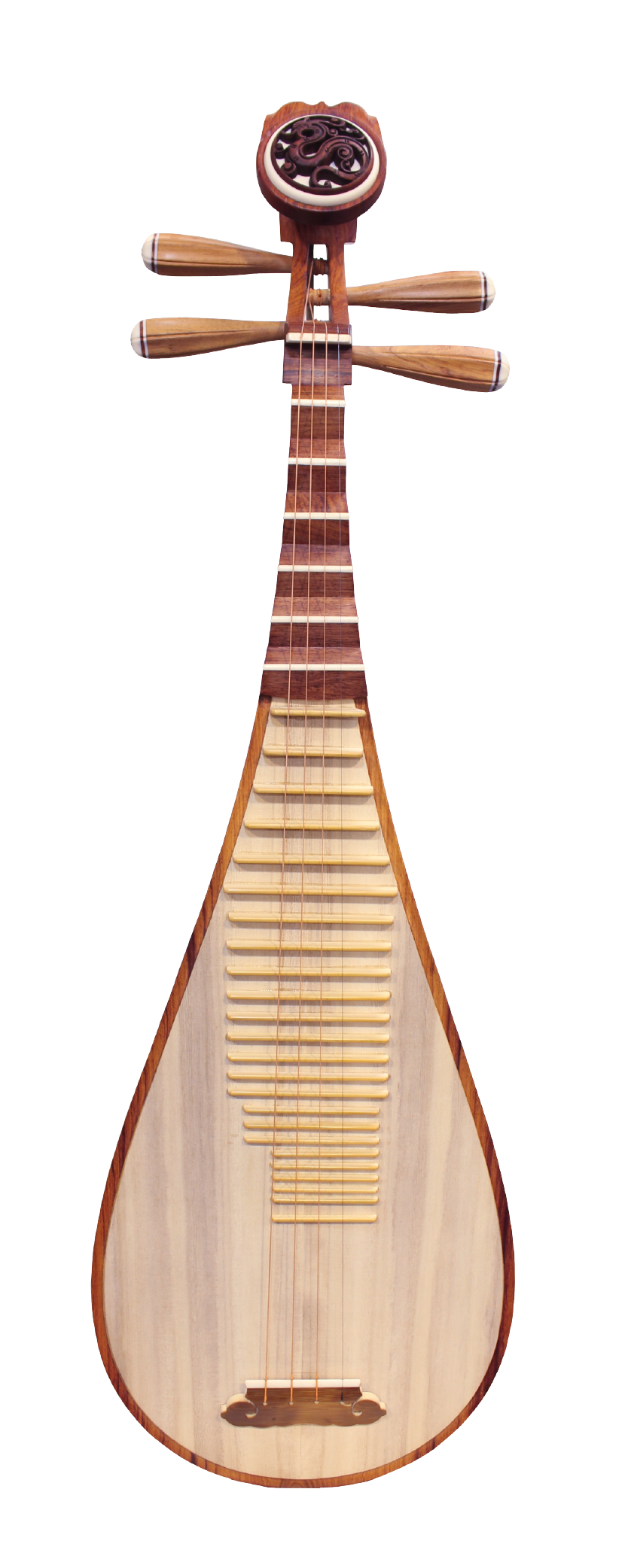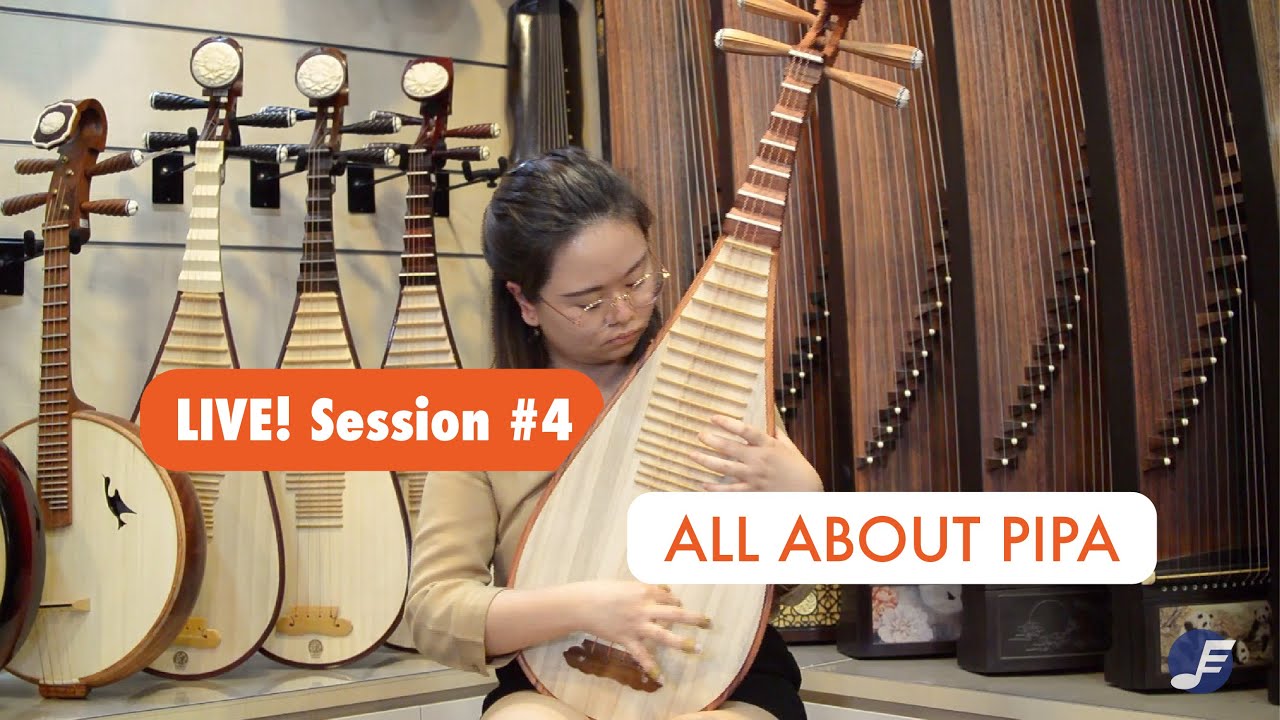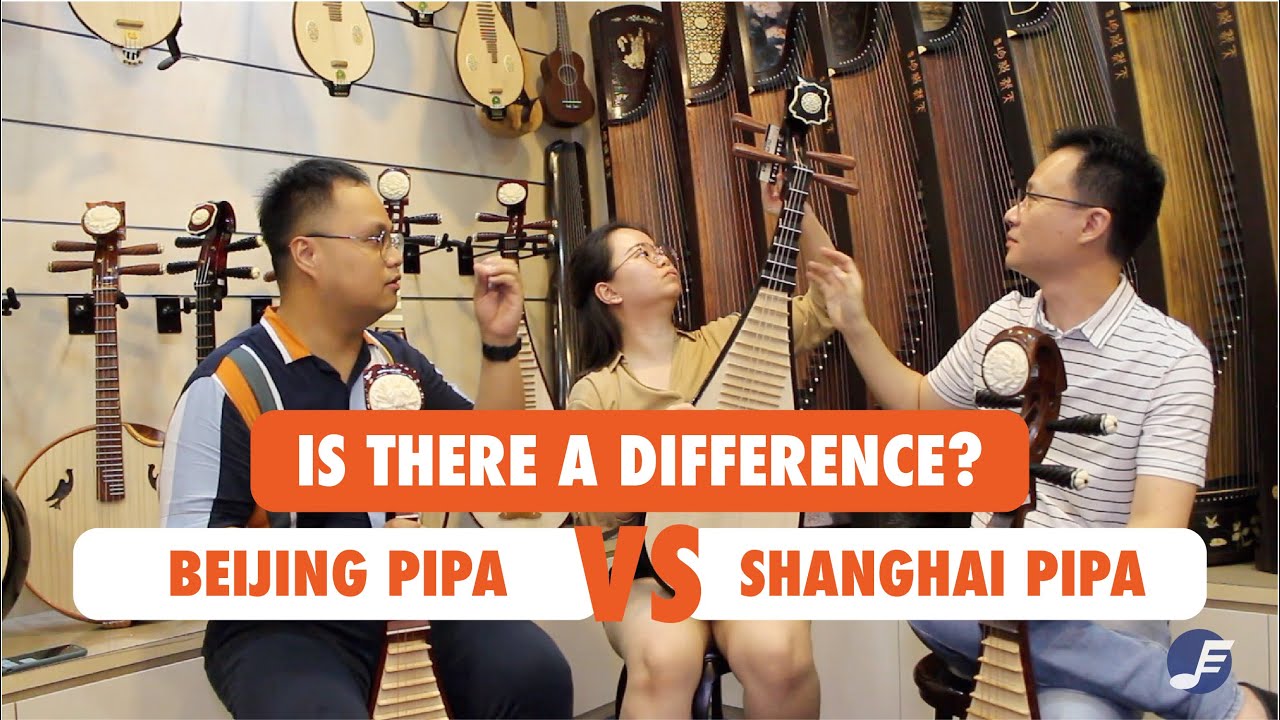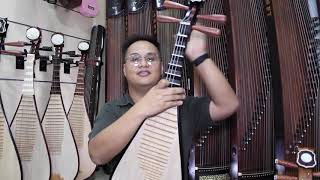
Pipa - Chinese Plucked String Instrument
An instrument with a rich heritage, the pipa lute is undeniably one of the most well-known plucked string instruments in the Chinese orchestra. Playing the Chinese pipa requires extensive knowledge of almost every technique available to plucked string instruments, and the instrument itself has formed the basis for reformation of many consequent plucked string instruments.
During the Sui and Han dynasties, the term pipa was a generic term used to describe any instrument whose strings were plucked. The etymology of the term lends itself to two Chinese characters - pi, and pa; they describe how the instrument is sounded. With the right hand, pi is sounded by plucking a string towards the front, and pa is sounded by plucking a string towards the back. Today, the term pipa refers to a lute-shaped instrument that has four strings, strung over a soundboard with 20 to 25 frets.
Though widely believed to have descended from China, the pipa lute is not a native instrument, but was in fact introduced from Asia Minor over 2000 years ago. As such, counterparts of the pipa, such as the lute and mandolin, can be found in Central and Western Asia.
The instrument enjoyed the height of prosperity during the Tang Dynasty, during which numerous developments were made, such as the refining of playing methodology, as well as repertoire expansion. Thanks to these breakthroughs, the pipa surpassed its role as an accompaniment to other instruments or art forms, and consequently became known as an instrument with great soloistic capabilities.
During the fifties, in order to cater to Western ideals of tonality and scale, more frets were added to the pipa. This resulted in the presence of a total of 24 (or possibly more) frets and six xiang (bridge) frets, steel strings replacing the originally silk strings, and the use of artificial acrylic nails in today’s pipa. With these innovations, the instrument’s tonal colour, texture, technique and dynamic range has been highly improved.



